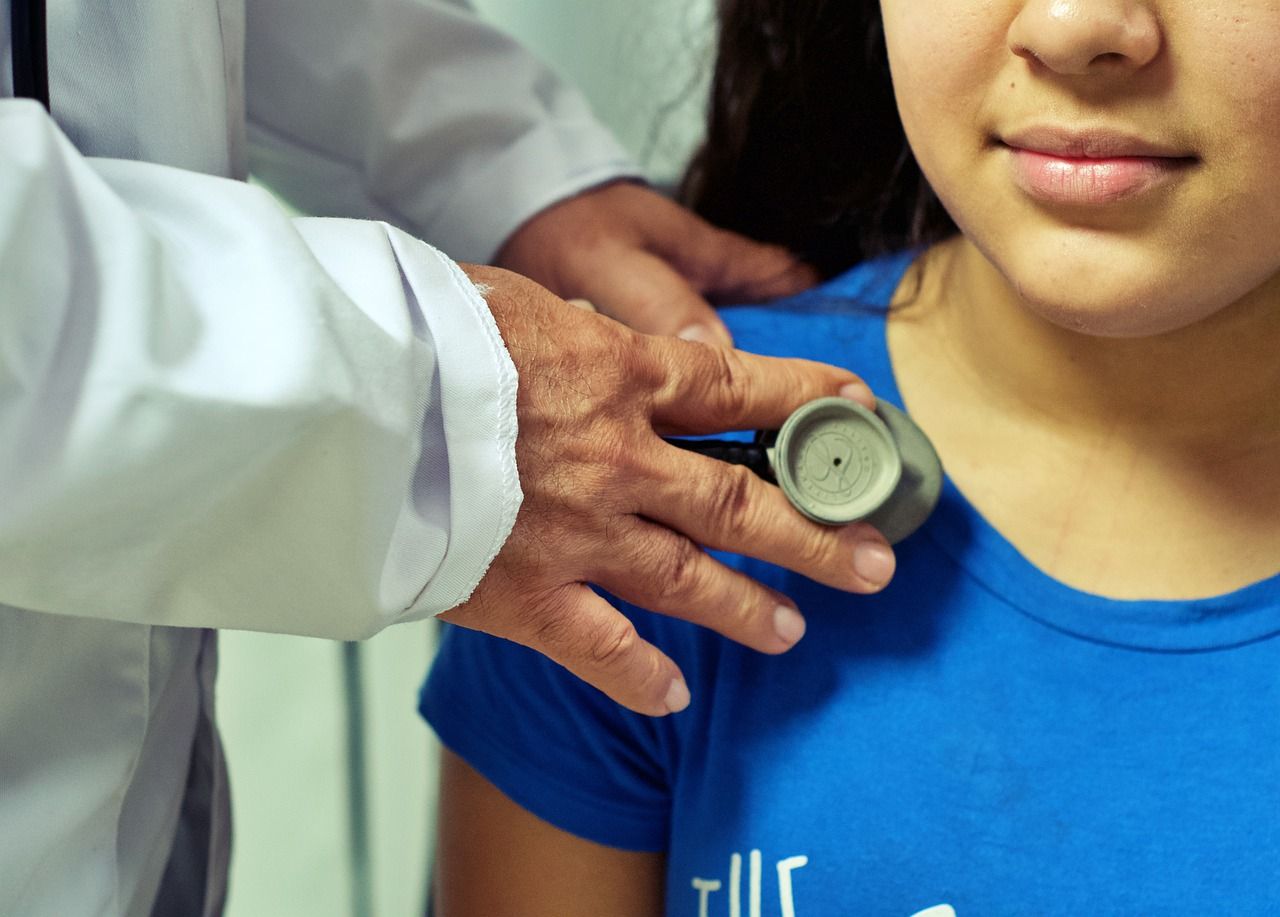Article
Risk Score Model Could Provide Inexpensive CPP Diagnosis Tool
A cross-sectional study has returned results that suggest a risk score model could help identify patients with central precocious puberty without the need for more expensive and invasive stimulation tests.

Data from a cross-sectional study carried out by investigators from in Asia suggests the team had developed a clinical risk score model to help stratify risk of central precocious puberty (CPP) in children.
Leveraging data from electronic medical records within the Children’s Hospital at Fudan University in Shanghai, China, investigators developed and tested a clinical risk score model, which consists of 4 items and a 33-point scale, they concluded had a moderate predictive performance that could help evaluate what patients require further diagnostic tests.
“GnRH stimulation test is the gold standard for CPP. But it is time-consuming and costly. In this study, we developed a risk score system containing information on age at the onset of puberty, basal luteinizing hormone concentration, and pelvic sonography for the prediction of CPP,” wrote investigators.
While gonadotropin-releasing hormone (GnRH) or GnRH analogs (GnRHa) stimulation tests may be the diagnostic standard for diagnosis CPP, investigators note the real-world use of the test can be time-consuming and expensive. With an interest in creating and validating new diagnostic criteria for determining presence of CPP in girls with precocious pubertal developments, a team led by Jingyu You, of Fudan University, designed the current cross-sectional study to assess the use of a clinical risk prediction model using pelvic ultrasonography and readily available clinical features.
Using the electronic medical record system of the Children’s Hospital at Fudan University, investigators obtained data related to the medical history, laboratory test results, physical examinations, treatment, and demographic information of all patients treated between January 2010 and August 2016. A total of 627 were deemed eligible for inclusion in the study. Of these, 314 were included in the training sample and 313 were included in the validation sample for the study.
For the purpose of analysis, variables associated with CPP in univariate analyses were subsequently introduced in a multivariable logistic regression model in the training sample. Additionally, the prediction model was selected using a forward stepwise analysis and the risk score model was built with scaled coefficients of the model and tested in the validation sample.
For inclusion, patients needed to be a female with a diagnosis of precocious puberty, be 8 years or less when diagnosed, have a hormone assay and pelvic ultrasonography performed the Children’s Hospital at Fudan University, and have pelvic ultrasonography perfumed within 1 week of the GnRHa stimulation test. Investigators pointed out those with secondary precocious puberty or ovarian cyst were not included in the study.
The mean age of patients included in the study was 7.5 years and the mean disease duration was 1.0 years. A diagnosis of CPP was received by 54.8% in the training sample and 55% of patients in the validation sample. Based on data from training sample the CPP risk score model developed by investigators, investigators included age at the onset of puberty, basal luteinizing hormone (LH) concentration, largest ovarian volume, and uterine volume.
Results of the investigators’ analysis suggested the C-index was 0.85 (95% CI, 0.81-0.89) in the training sample and 0.86 (95% CI, 0.82-0.90) in the validation sample. Investigators noted a pair of cut-off points were selected to stratify patients according to low-, median-, and high-risk groups, which were defined as less than 10 points, 10-19 points, and 20 or more points.
“Patients with high-risk score would be a major beneficiary of the risk score model. Based on the risk scores, high-risk patients could be diagnosed without GnRHa stimulation test; patients at medium-risk of CPP need diagnostic test promptly; patients at the low-risk category need to be followed up,” wrote investigators.
Investigators cautioned clinicians to consider the limitations within their study before overinterpretation of results. These limitations included inability to apply results to different populations, information on pubertal development being unavailable within the electronic medical record system, and the possibility that the study population does not repent to spectrum of precocious puberty.
This study, “Clinical risk score for central precocious puberty among girls with precocious pubertal development: a cross sectional study,” was published in BMC Endocrine Disorders.




